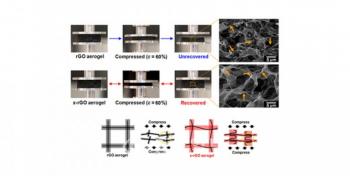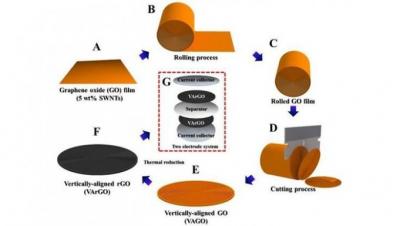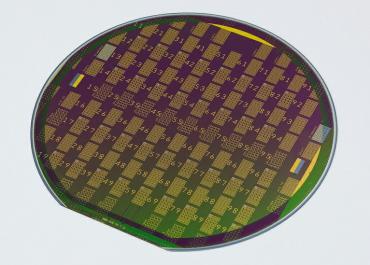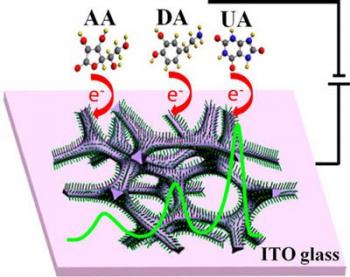Researchers develop method for the fabrication of mesoporous graphene for energy storage systems
Researchers from South-Korea's Pohang University of Science and Technology (POSTECH), Kumoh National Institute of Technology, Sungkyunkwan University, Yeungnam University, Konkuk University and University of Seoul have proposed a simple strategy for the fabrication of mesoporous graphene with applications in high-performance energy storage systems like electric double-layer supercapacitors (EDLCs).
Conventional energy storage systems made of activated carbons (ACs) tend to have a poor power density due to the insufficient specific contact area, leading to inadequate creation of an electric double layer between electrode material and electrolyte. Therefore, an active material with a high specific contact area could help obtain high energy densities and meet the needs of various energy storage systems. Graphene's remarkable electrical conductance naturally makes it a logical candidate, but the high van der Waals contact between the graphene sheets makes stacking unavoidable, producing a limited available surface area.





